2023 NFL Draft: Biggest Risers/Fallers Going into Bowl Season
2023 NFL Draft: Biggest Risers/Fallers Going into Bowl Season
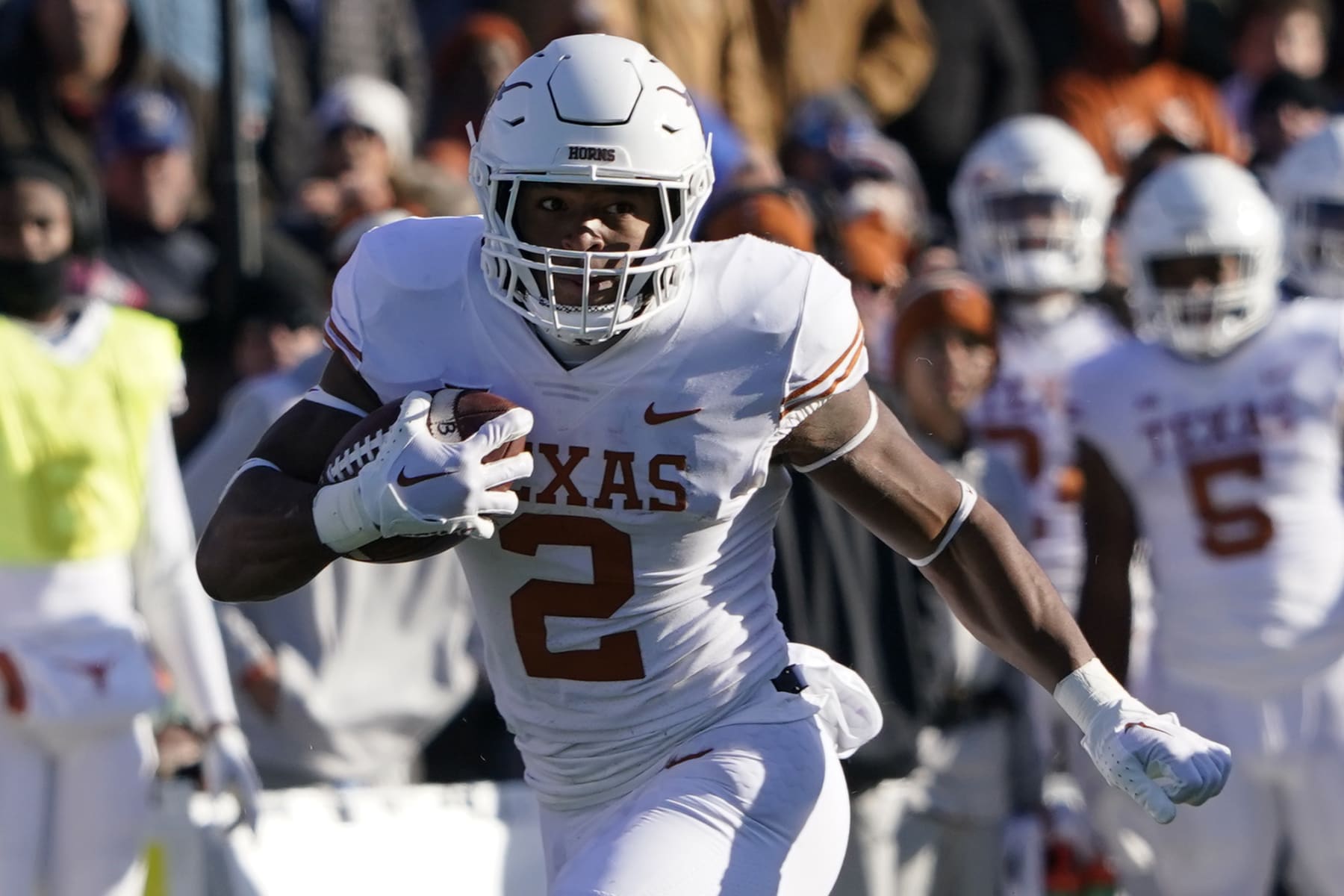
College football's bowl season is in full swing, but a large swath of future NFL players won't be participating. Instead, they'll be continuing to prepare for the 2023 NFL draft in April.
Regardless of which NFL prospects suit up in bowl games, evaluations remain ongoing based on what individuals put on tape between September until now. Bleacher Report's Scouting Department—consisting of Brandon Thorn, Cory Giddings, Derrik Klassen and Matt Holder—has been toiling away on its draft grades for prospects from around the country.
As B/R's draft board continues to take shape, it's time to look at players who improved or hurt their stock the most.
Each scout identified one player that fell into each category from their position groups based on what they've seen to date. Among those included, a running back from Texas not named Bijan Robinson opened eyes, while one of the class' premium cornerbacks may have more concerns than initially thought.
Read on to find out which prospects have surprised or didn't live up to expectations as the new year looms.
Riser: RB Roschon Johnson, Texas
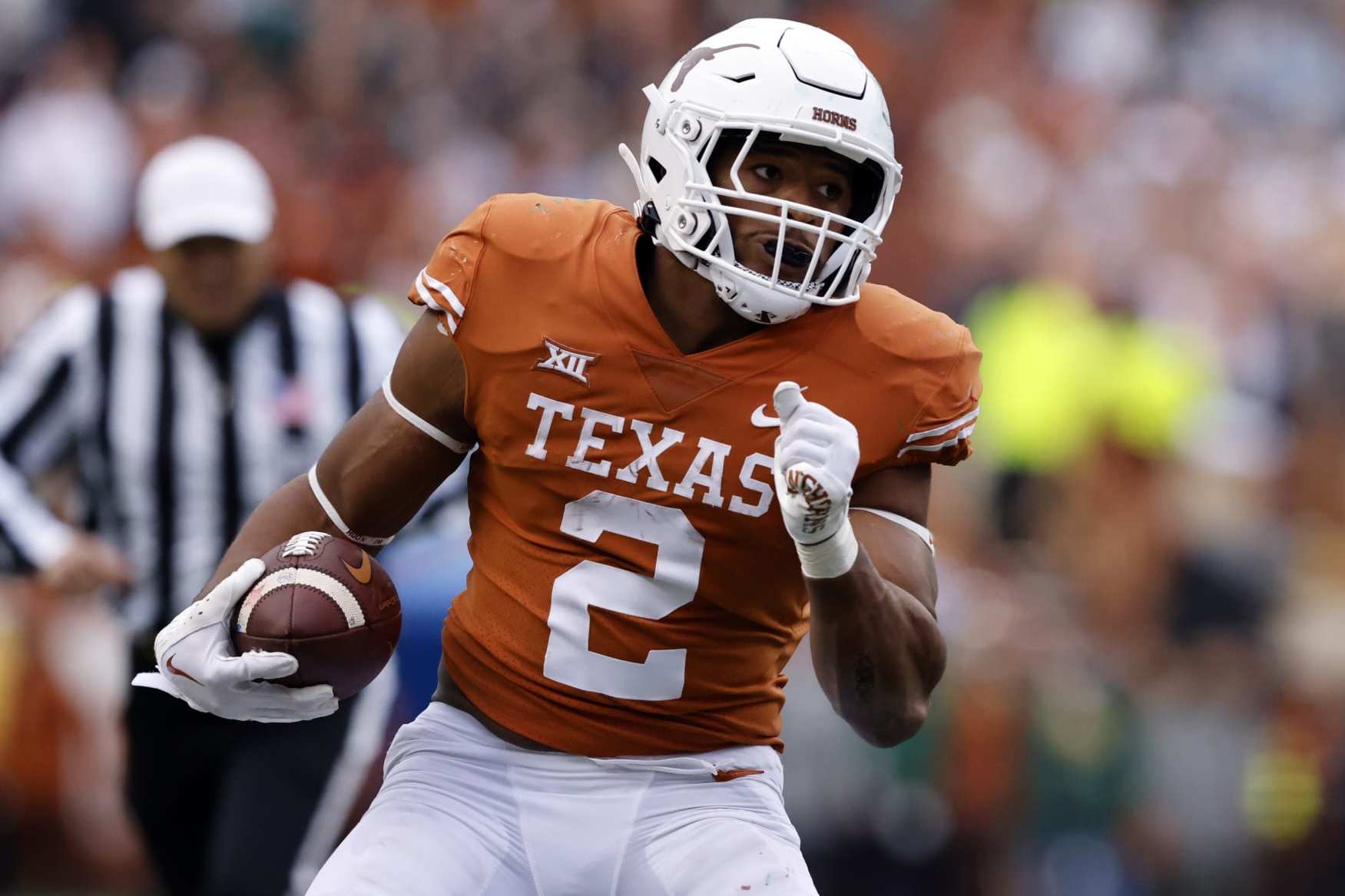
At first, it was tough to get past Texas running back Roschon Johnson being a backup. It feels tough to grade a backup highly, even when the guy in front of them—in this case, Bijan Robinson—may be a top-five player in the entire class.
But the more I study the Texas offense, the sillier I realize that inhibition is.
Johnson is a bruiser. He's listed at 6'2" and 222 pounds, which is roughly the same as Bijan Robinson (6'0", 222 lbs). But Johnson plays with an even meaner streak.
Johnson runs violently downhill, pressing straight forward with powerful strides that make defenders question whether they really want to bring him down. Upon contact, he fights like hell to bounce and shed defenders, which regularly helps him squeeze out extra yardage.
Additionally, Johnson has just enough speed and wiggle to make him more than just late-stage Michael Turner. He's never going to be a home run hitter or a true threat in space, but he can do just enough to round out his game and let his dominant traits shine.
Johnson won't go nearly as high as Robinson in the draft. Regardless, the Longhorns backup could turn into a real-deal starter in the NFL, at least as an early-down back.
— Derrik Klassen
Faller: TE Darnell Washington, Georgia
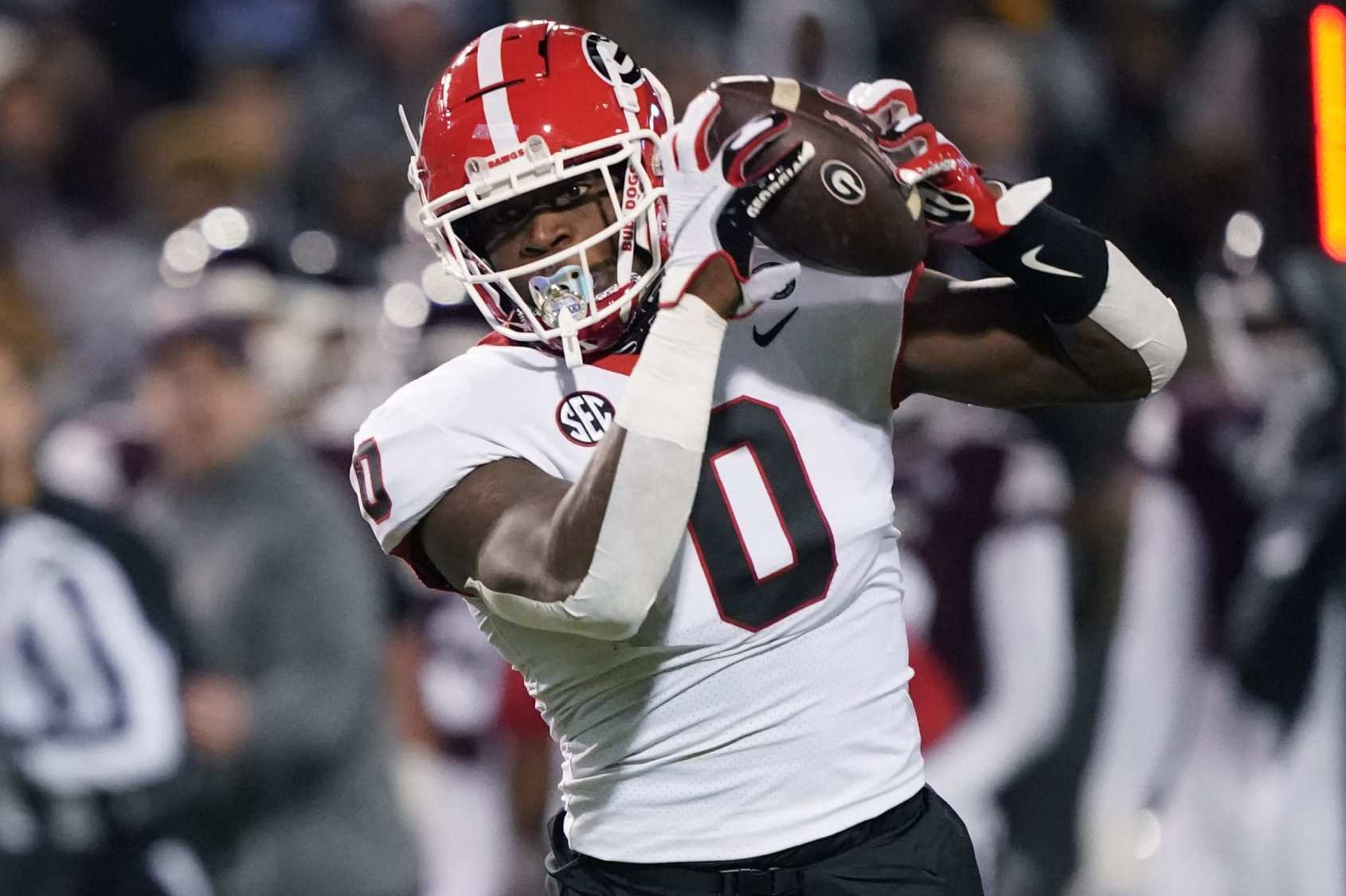
Darnell Washington still has the scariest potential among the tight ends in this draft class. The Georgia junior is listed at 6'7" and 270 pounds, which puts him closer to offensive tackle measurements than a typical modern tight end.
Washington plays to his frame in the run game, too. He is an overwhelming force at the point of attack and can completely blow defensive ends out of the play. Moreover, Washington does fairly well to move around when pulling, splitting or climbing to the second level, making him a real weapon in the ground game.
Even so, Washington still didn't quite play to expected levels this season as a receiver.
He's not going to be George Kittle or anything, but his size and impressive movement skills give him all of the necessary tools to be a real force. Instead, Washington was more of a sporadic weapon who went stretches of games without more than a catch or two. His best performance of the season came against Mississippi State, against whom he caught only five passes for 60 yards and a touchdown.
Washington's lack of receiving production is partly a byproduct of sharing snaps with Brock Bowers, the best tight end in the country. However, Washington also failed at the catch point more than a player his size should, which raises some doubt about what he is as a pass-catcher as this point in his development.
In due time, Washington still could be a complete menace. He has the requisite size and athletic tools to dominate in the NFL. However, Washington needs to hone his craft as a receiver and play to his size more when working in traffic.
— Derrik Klassen
Riser: OT Darnell Wright, Tennessee
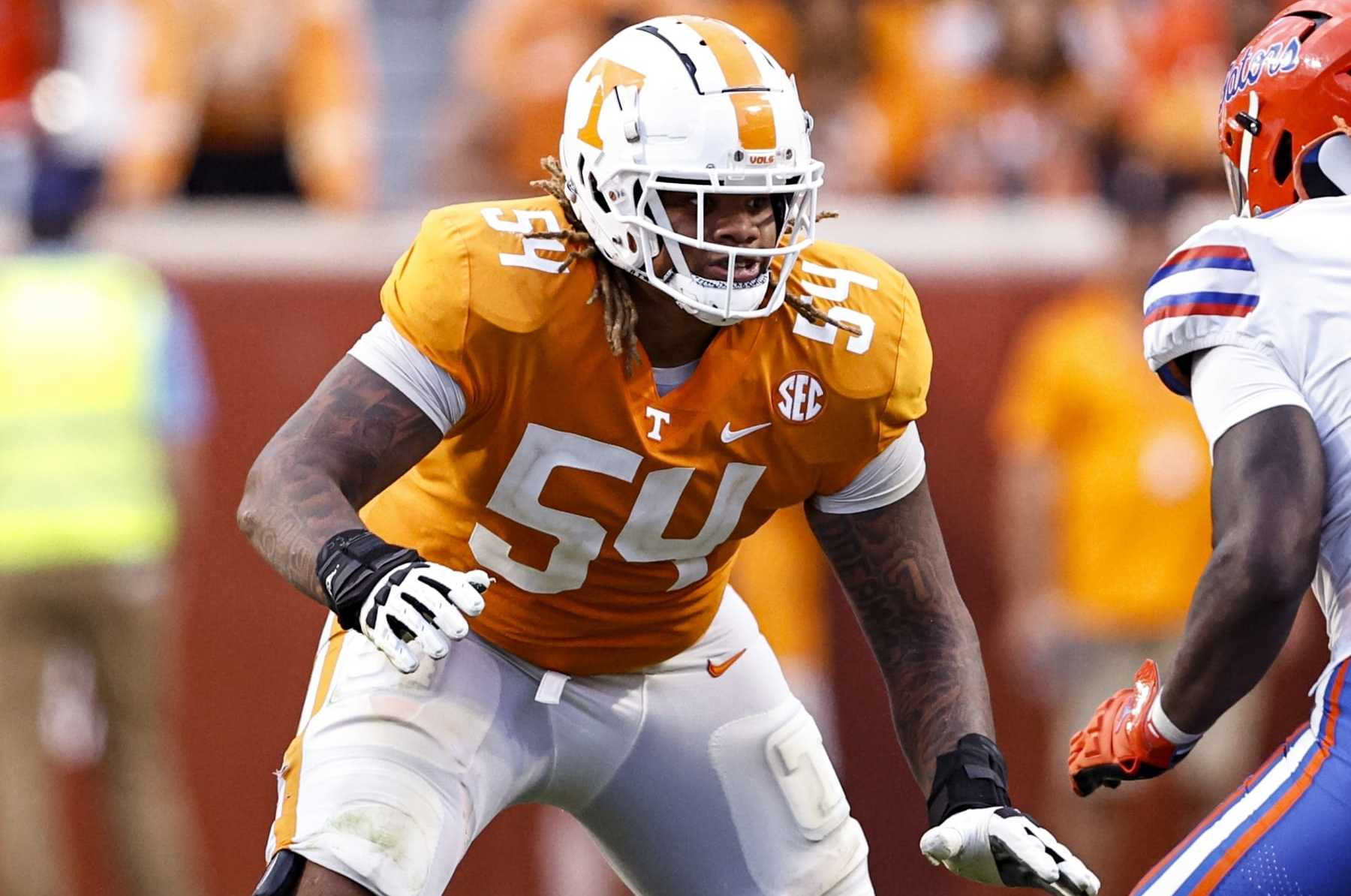
Tennessee right tackle Darnell Wright has been a riser over the last several weeks due to key performances against top competition. His blend of size (6'6", 335 lbs), strength, power and balance have been on display in a major way, both as a run- and pass-blocker.
Wright is a former 5-star recruit who really came into his own this season at right tackle. Tennessee shifted Wright to left tackle last year, but his move back to the strong side this fall proved to be beneficial.
The four-year starter has all of the necessary physical traits, plus a nasty demeanor, to impose his will, sustain and finish blocks at the NFL level.
As long as everything checks out during the predraft process, Wright should be considered a top-50 pick. He has a good chance of going in the first round in a relatively thin tackle class at the top. In fact, he cracked the top 25 in B/R's most recent big board in November.
— Brandon Thorn
Faller: IOL Olusegun Oluwatimi, Michigan

Michigan's Olusegun Oluwatimi is a leader on the country's best offensive line. He has the processing skills to become a starting center in the NFL, and he won both the Rimington and Outland Trophy this season, which get awarded to the nation's best center and interior lineman, respectively.
Upon closer inspection, though, his physical limitations tend to become apparent.
The Virginia transfer is listed at 6'3" and 307 pounds, which checks the size boxes on paper. However, Oluwatimi struggles to hold the point of attack, gain control and finish blocks consistently, and he's closer to a middle-of-the-road athlete.
The graduate student executes assignments well and gets to the right spots while making all of the line calls, which are important factors at the pivot. Still, it is difficult to envision his mediocre power translating into more than a functional starter over his NFL career.
Oluwatimi's intangibles can keep him in the conversation as a Day 2 draft prospect. His performance in Mobile at the Senior Bowl, when he faces all-star competition, will be vital for his final evaluation as a prospect.
As of now, his performances leaves you wanting more when it comes to sustaining and finishing blocks.
— Brandon Thorn
Riser: Edge Tyree Wilson, Texas Tech

Texas Tech edge-rusher Tyree Wilson earned a second-round grade over the summer, but he blew that evaluation out of the water this fall. The first-team All-Big 12 selection continues to move up B/R's draft board and has the potential to crack the top 10 when it's all said and done.
At 6'6" and 275 pounds, Wilson is one of the most physically imposing edge defenders in this year's draft class. That shows at the point of attack. He's physical and strong enough to hold his ground against the run, and he can collapse the pocket against offensive tackles with a nasty bull rush.
Wilson isn't likely to light up drills at the NFL combine after he suffered a season-ending foot injury in mid-November. Based on the film, he won't be one of the more athletic players at the position. It's impossible to overlook his 14 sacks and 27.5 tackles for loss over the last two seasons, though.
Wilson's biggest question heading into the draft is how much room for improvement he still has with his bend. Good testing numbers will help alleviate some of that concern.
If Wilson shows out in Indianapolis, the sky is the limit for him.
— Matt Holder
Faller: DL Jaquelin Roy, LSU
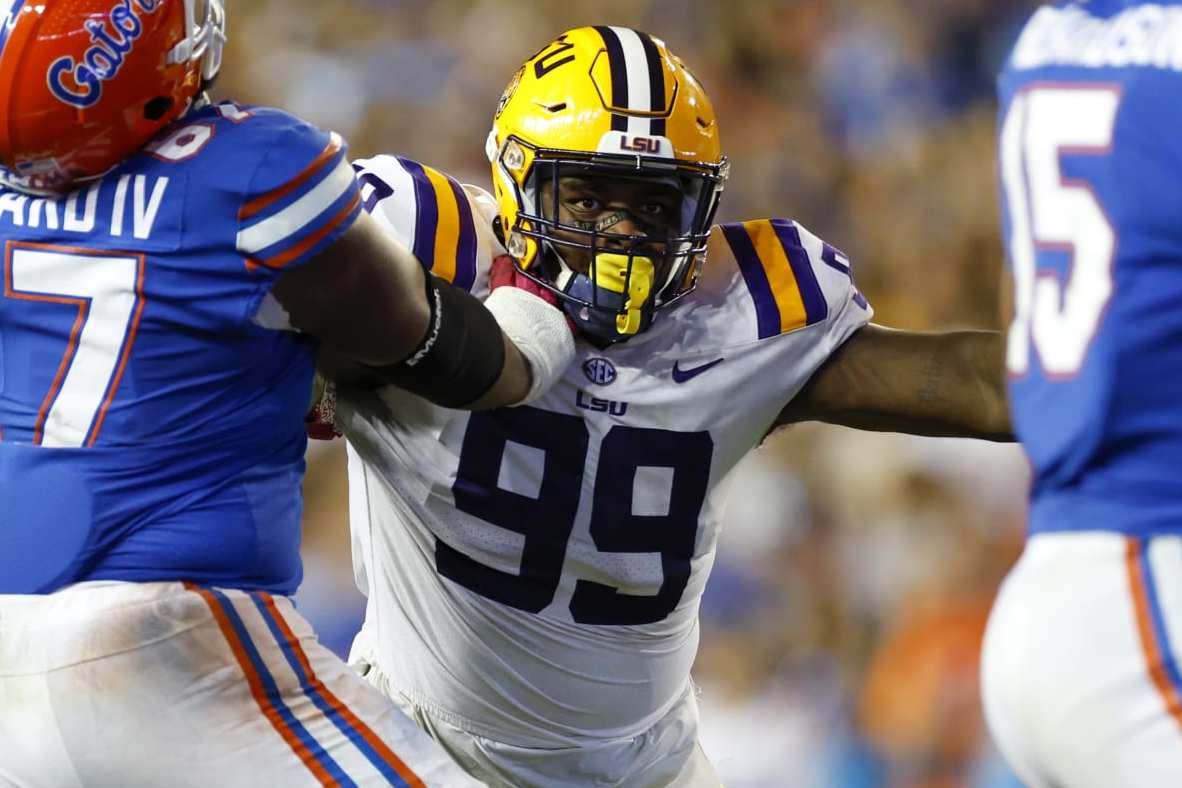
With LSU's old coaching staff, defensive tackle Jaquelin Roy popped off the screen as a 3-technique. He was strong and stout against the run and had enough quickness to create pressure as a pass-rusher.
However, Brian Kelly's arrival in Baton Rogue changed matters. Roy spent most of this season as a nose tackle, and his production took a hit accordingly.
Roy will hopefully be able to find a home in the NFL as an even-front defensive tackle to help unlock the potential he showed as a sophomore. If anything, the chance to demonstrate some versatility could help in his evaluation.
However, some concerns linger about Roy not developing further and regressing as a pass-rusher. The change in scheme plays a factor, but scouts would like to not lean on that as an excuse for someone who was considered a possible first-round talent over the summer.
Now, Roy is more likely to fall into the late second to early third-round range.
— Matt Holder
Riser: CB Clark Phillips III, Utah
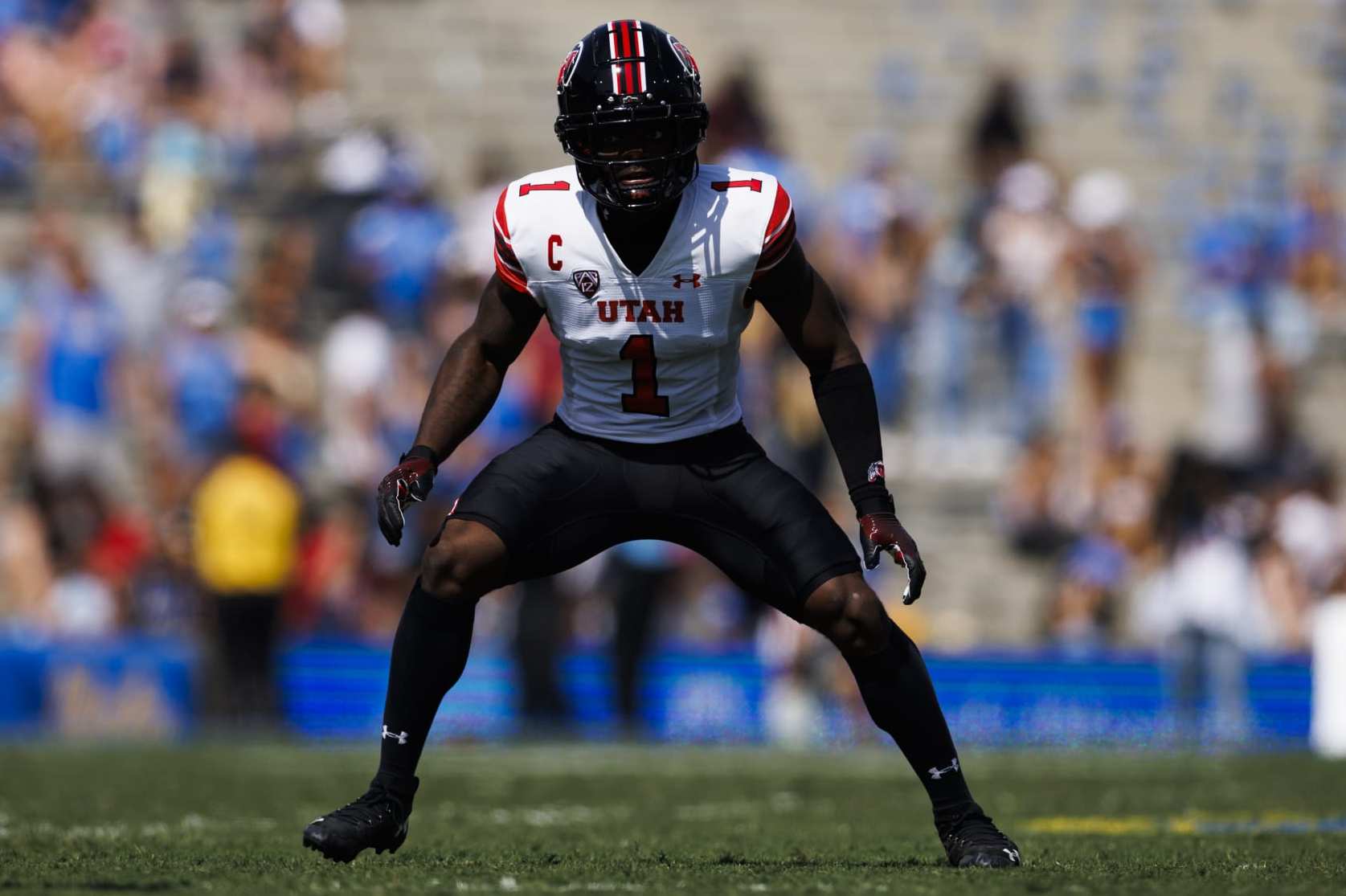
Utah cornerback Clark Phillips III has played exceptionally well all season long. The undersized corner (5'10", 183 lbs) produces big play after big play, with an obvious nose for the football.
Though Phillips lacks ideal size for a cornerback—he might be even smaller than his listed numbers—he can still make plays no matter who he's matched up against. The redshirt sophomore snagged a career-high six interceptions this season and scored on two of them.
Phillips has scored at least one defensive touchdown in each of his three seasons with the Utes. He also racked up 19 pass defenses over the last two campaigns.
Phillips has the versatility to play both outside and in the slot, along with the movement skills that evaluators covet from smaller defensive backs. If the reigning Pac-12 Defensive Player of the Year runs well at the combine, he could wind up being one of the top cornerbacks taken in the 2023 draft.
— Cory Giddings
Faller: CB Kelee Ringo, Georgia

Georgia's Kelee Ringo has always been one of the top cornerbacks in his class, dating back to when he was the No. 1 cornerback in the high school rankings. But his evaluation shouldn't be based solely on previous precedent.
Ringo has excellent size (6'2", 210 lbs) and ball skills, but he lacks specific movement skills. He's struggled to get in and out of breaks when covering shiftier receivers and tackling in open space.
For a larger corner, that's expected to a degree. However, more precise route-runners in the NFL could exploit that better than collegiate wideouts did. Ringo may be better suited in more zone-heavy schemes after being billed as a top-shelf lockdown defensive back.
Ringo still has many intangibles that should help him be a valuable draft pick. But with his scheme versatility in question, he will likely need to be paired with a coordinator who will use his skills properly.
— Cory Giddings
